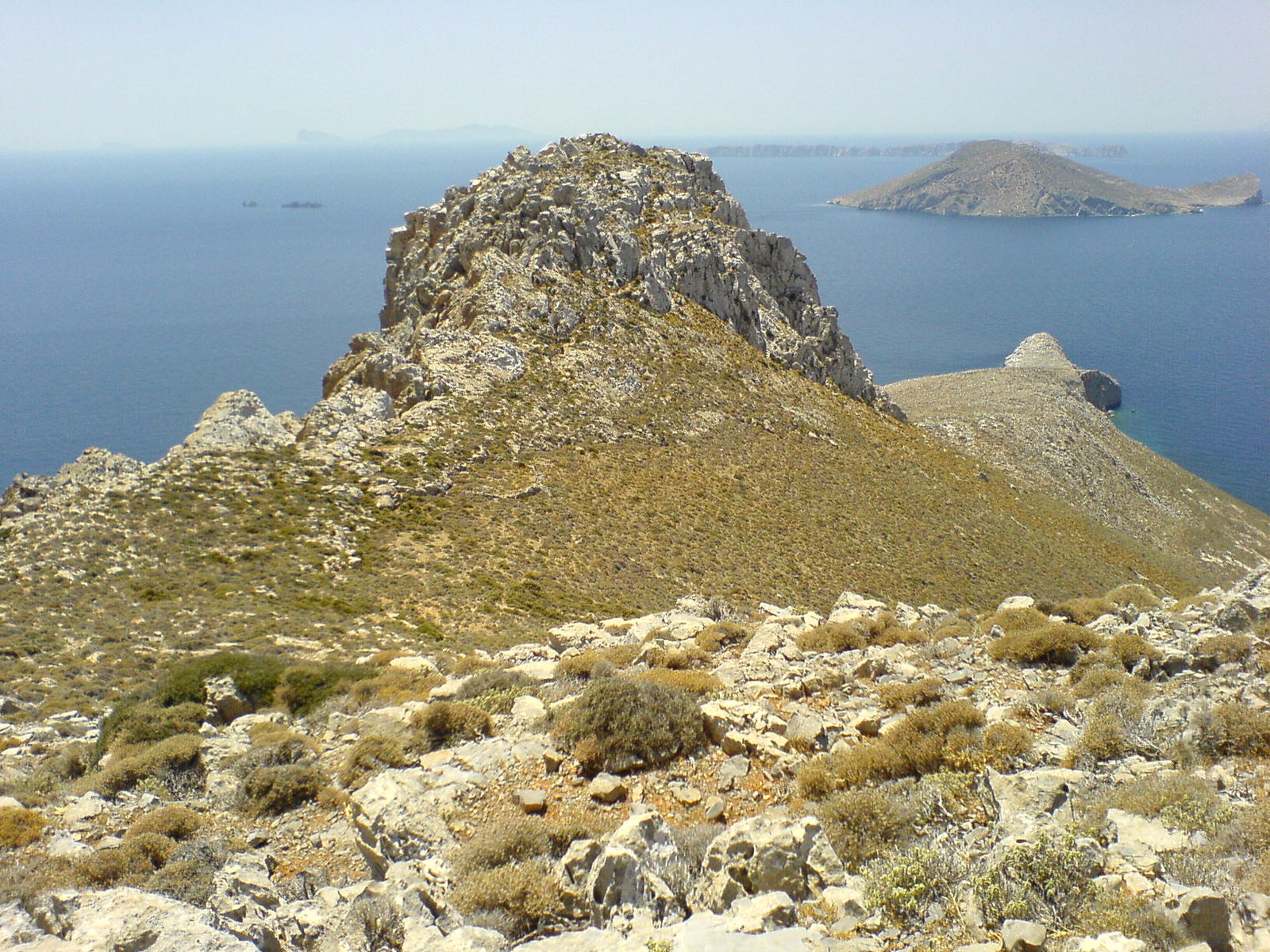
An archaeologist working on the remote Greek island of Astypalaia has found the world’s oldest erotic graffiti, a pair of phallus carvings dating from the 5th century BCE and a proclamation of sexual conquest from the 6th century BCE. The two carved penises, discovered etched into a limestone outcropping on the island’s rough, windswept peninsula overlooking Vathay bay, were found by Dr. Andreas Vlachopoulos, a professor, while he was giving his students a tour of the island.
“They were what I would call triumphant inscriptions,” he told the Guardian. “They claimed their own space in large letters that not only expressed sexual desire but talked about the act of sex itself…And that is very, very rare.”
Indeed, the pair of ancient appendages is accompanied by an inscription of the name Dion. They are dated to the 5th century BCE. Nearby, an equally sex-positive bit of graffiti from the middle of the 6th century BCE reads: “Nικασίτιμος οἶφε Τιμίονα,” or “Nikasitimos was here mounting Timiona.”
“We know that in ancient Greece sexual desire between men was not a taboo,” Vlachopoulos explains. “But this graffiti… is not just among the earliest ever discovered. By using the verb in the past continuous [tense], it clearly says that these two men were making love over a long period of time, emphasizing the sexual act in a way that is highly unusual in erotic artwork.”
Remarkably, the erotic rock carvings have survived despite remaining exposed all these millennia to weather and erosion from the sea. Astypalaia, a small island just north of Crete in the Aegean Sea, is rich with other, less sexually-charged carvings, including daggers and boat oars.
“We know that Greek islands were inhabited by the third millennium BC,” Vlachopoulos said, “but what we have found is evidence that, even then, people were using a coded language of symbols and imagery that was quite sophisticated.”